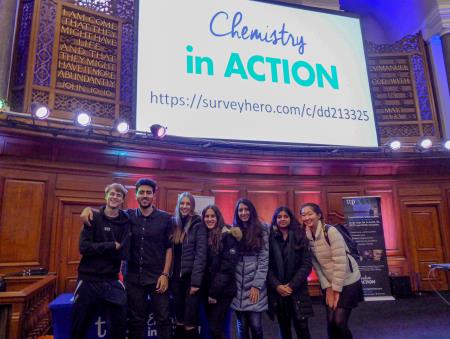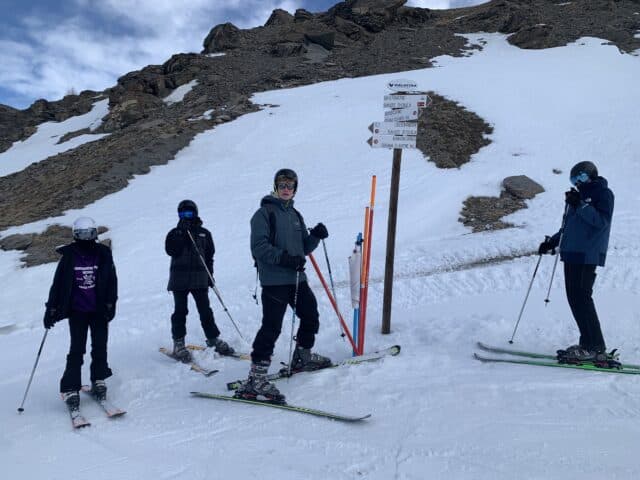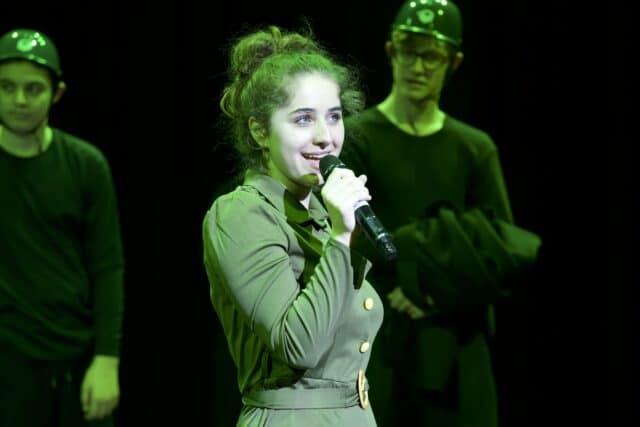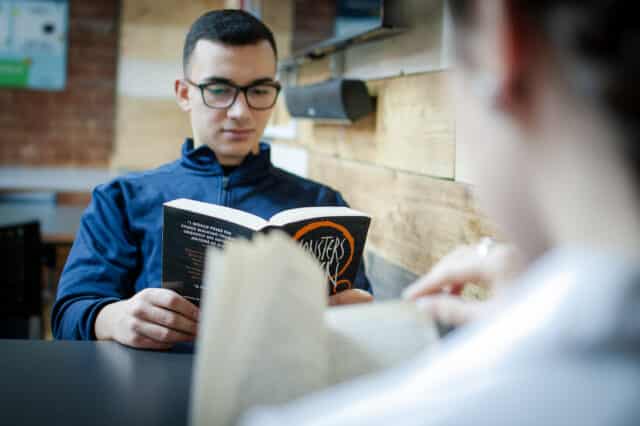Related articles
Report written by Madilynn Gardner, Chemistry Student
On Thursday the 14th of November, the upper and lower sixth Chemistry students went to the Chemistry in Action event in London. We spent the day listening to five different speakers, each from different fields of chemistry. The first speaker was Kathryn Harkup, who is a chemist and science communicator, specialising in workshops on the quirky side of science. Her presentation was the most enthralling in my opinion, because she spoke to us about chemical compounds that could be used to kill someone! To clarify, it was interesting because she delivered the information in such a unique way, not for any other reasons. For example, she explained how the industrial era produced vast quantities of arsenic trioxide because it was a by-product of the ore smelting process required to produce refined metals. This arsenic by-product was then sold to the public as rat poison, but it didn't require any form of security check to purchase until there had already been numerous murders because of it. Furthermore, arsenic was used as a pigment in wallpaper and clothing during the Victorian era, which led to further poisonings because the skin would absorb the arsenic within the clothing, and the mould behind the wallpaper eventually evolved to dispel the toxin in its gaseous form, which people then inhaled constantly.
The other speakers, such as Lewis Dartnell, a astrobiologist studying the possibility of microbial life on the surface of Mars, and Jamie Gallagher, a scientist who's recognised as one of the UK's "100 Leading Practising Scientists" by the Science Council, also delivered presentations regarding how humanity could rebuild society after an apocalypse using chemistry and the different chemical esters behind the flavour of the popular drink, Coca Cola, respectively. These two presentations were also intriguing because they both illustrated how chemistry is involved in our lives, even outside of school. To reflect, this experience was unforgettable, despite the absence of explosions, and it has provided me with the inspiration and curiosity that is necessary to become a successful scientist.






